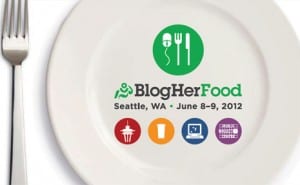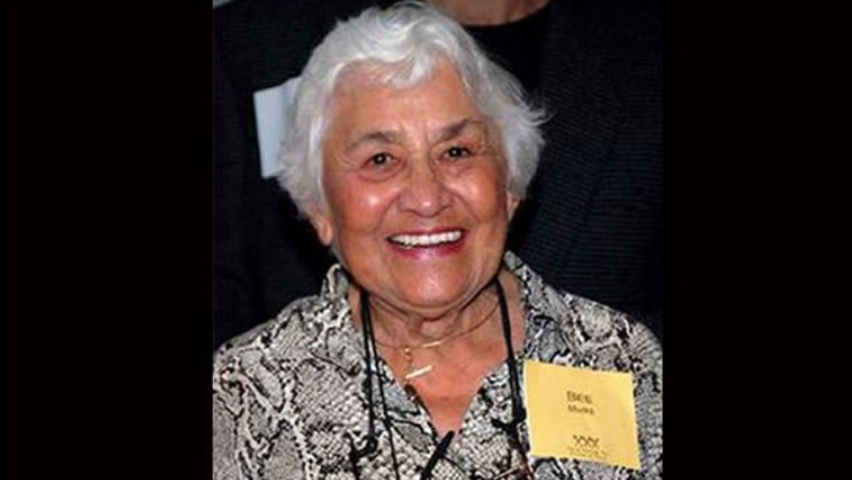 As a longtime blogger in the parenting space, I’ve reached that point in Internet years where I can reminisce about posting on a blogger.com template uphill in the snow both ways. From this vantage point, I’ve witnessed a gradual evolution in both the motivations behind blogging, as well as the dynamic of bloggers within the ecosystem of readers and brands.
As a longtime blogger in the parenting space, I’ve reached that point in Internet years where I can reminisce about posting on a blogger.com template uphill in the snow both ways. From this vantage point, I’ve witnessed a gradual evolution in both the motivations behind blogging, as well as the dynamic of bloggers within the ecosystem of readers and brands.
As a newly-minted digital strategist for a public relations agency, I recently attended the BlogHer Food conference. I went to familiarize myself with the food blogging space and peer into it through marketing-colored lenses. Here are some of my observations and related takeaways:
1. Much like in the parenting space, food blogging has evolved from asking oneself “What can I get out of this?” to “What can I do with this?” When blogging first became popular, bloggers loved that their hobby opened up opportunities — for free stuff, for exposure that led to higher-profile activities like book deals, and, of course, for money. But now, as bloggers realize that their voices can reverberate far beyond their immediate readership, the notion that their blogs can serve as a platform for true impact has reawakened their desire to do good. Bloggers want to be thought leaders. They want to advance causes, and they have the passion and audience to accomplish this.
2. Now that brands in every product category have joined the blogger bandwagon, bloggers are faced with a deluge of pitches and opportunities. To cut through the clutter, they welcome the opportunity to work with an intermediary, such as a PR firm that has taken the time to learn what interests them. The extra effort we invest to grow one-to-one blogger relationships can really pay off.
3. This same increase in marketing “noise” has also driven bloggers to seek longer-term “spokesperson-type” relationships with brands. Not only are such relationships of greater value to both the blogger and the brand, they are far easier to manage. The true advantage to both sides is that the blogger and the brand build a stronger association with one another and with the world at large. If the fit is right, this makes for a much more authentic dynamic, which appeals to everyone, including the consumer. We need to push our clients to embrace the concept of ambassadorships.
4. What are food bloggers interested in writing about? Where our food comes from, and the story behind it. Food as a context and/or metaphor for storytelling. Playing with food, i.e., sharing innovative methods, recipes and perspectives. Nostalgia, i.e., the need to share the “old school” techniques and recipes that their moms or grandmothers used. Healthy and/or alternative choices and foodstyles, e.g., vegan/vegetatian/flexitarian, gluten-free, paleo, etc. And, of course, caused-based topics like sustainability, school lunches, genetic modification, mass production and its related issues.
5. Bloggers are evolving from serving as the mouthpiece for brands to the earpiece. Bloggers don’t simply broadcast to their readers, like traditional media. They actively engage with their readers via their blogs and social media platforms. They have two-way conversations, often centered around the topics they write about. The benefit to brands is that their blogging partners essentially become conduits through which to tap into public sentiment. More than ever, bloggers are being asked to join advisory boards, councils and other inward-facing teams for brands and organizations.
Deeper relationships, unique original content, greater audience engagement and passion – that’s what bloggers seek. Turns out these lenses aren’t much different after all. We just need to invest in a good tinting. As the old song goes, “The future’s so bright, I gotta wear shades…”


